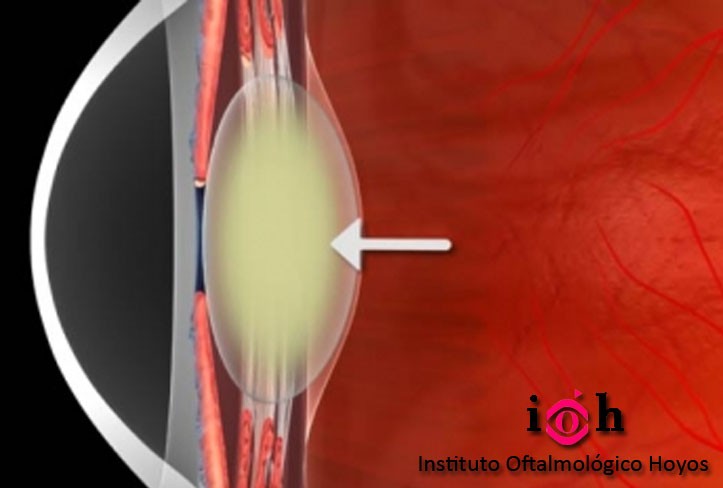CRYSTALLINE LENS SURGERY
Inside the eye we have the crystalline lens which is transparent. This changes its shape to focus on images which are far or near. Phaco-Refractive surgery consists in substituting the crystalline lens for an intraocular lens which corrects the refractive defect. The most up-to-date surgical technique to substitute the crystalline lens is
PHACOEMULSIFICATION, which uses ultrasound to liquefy the crystalline lens and then aspirate it through a small incision. Directly after this, an intraocular lens is implanted, with a previously calculated potency to correct the refractive defect. The surgery is carried out under local anesthetic and the patient need not be hospitalized. The intraocular lens which we implant after extracting the crystalline lens can be monofocal or multifocal.
MONOFOCAL
The monofocal intraocular lens is designed so that the patient can see at a specific distance. It is generally calculated for the patient to see in the distance and for them to wear glasses for near vision.
MULTIFOCAL
The multifocal lens is designed for the patient to see at different distances. In a multifocal lens, a series of focal areas or rings is designed inside the IOL. Depending on where the light entering through the areas is concentrated, the patient can have the ability to see objects close up and far away with clarity.
For the majority of patients, great independence from glasses is achieved, both for far and near vision.

